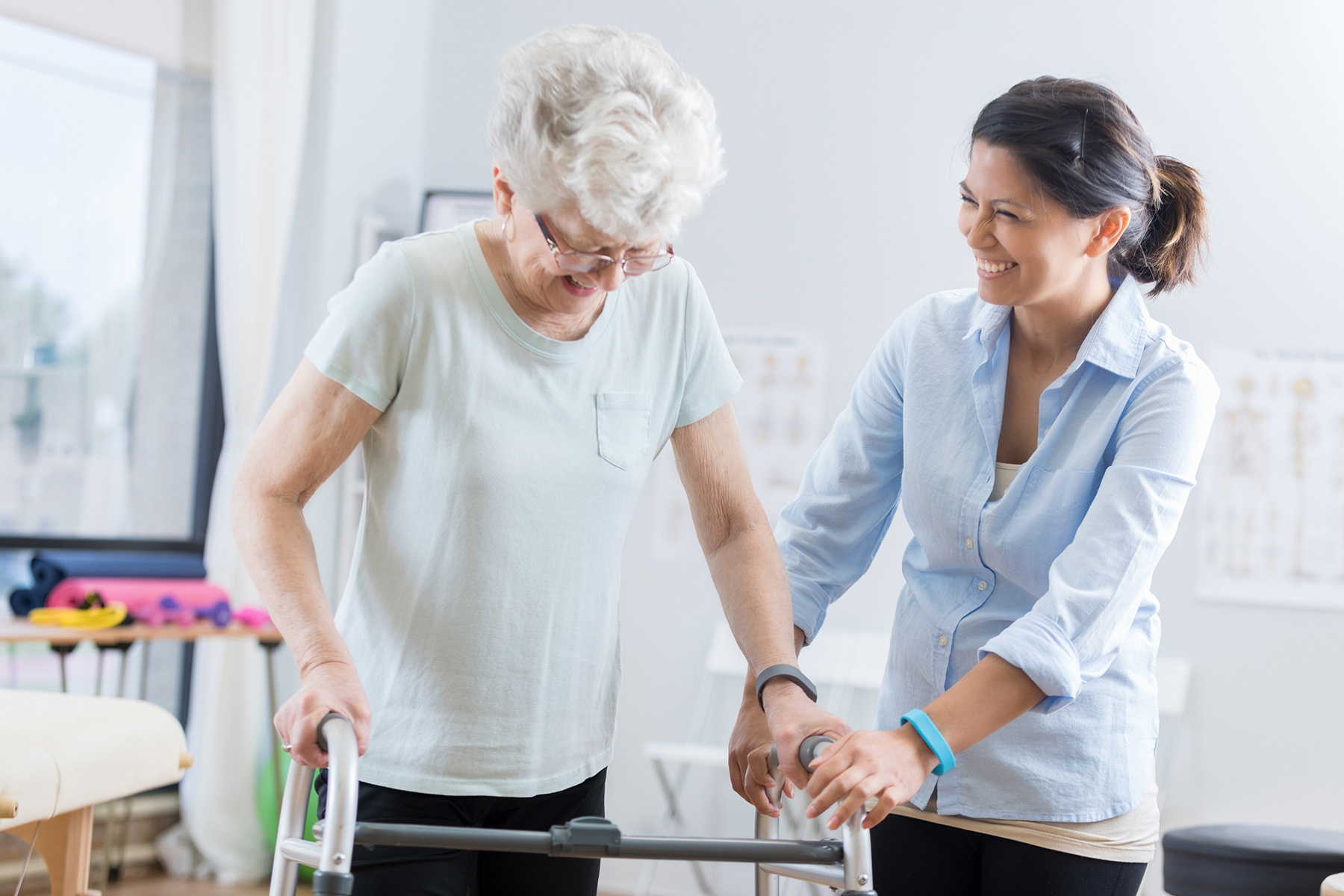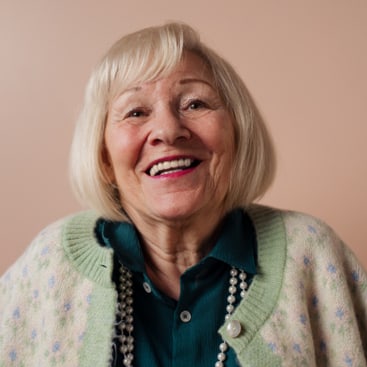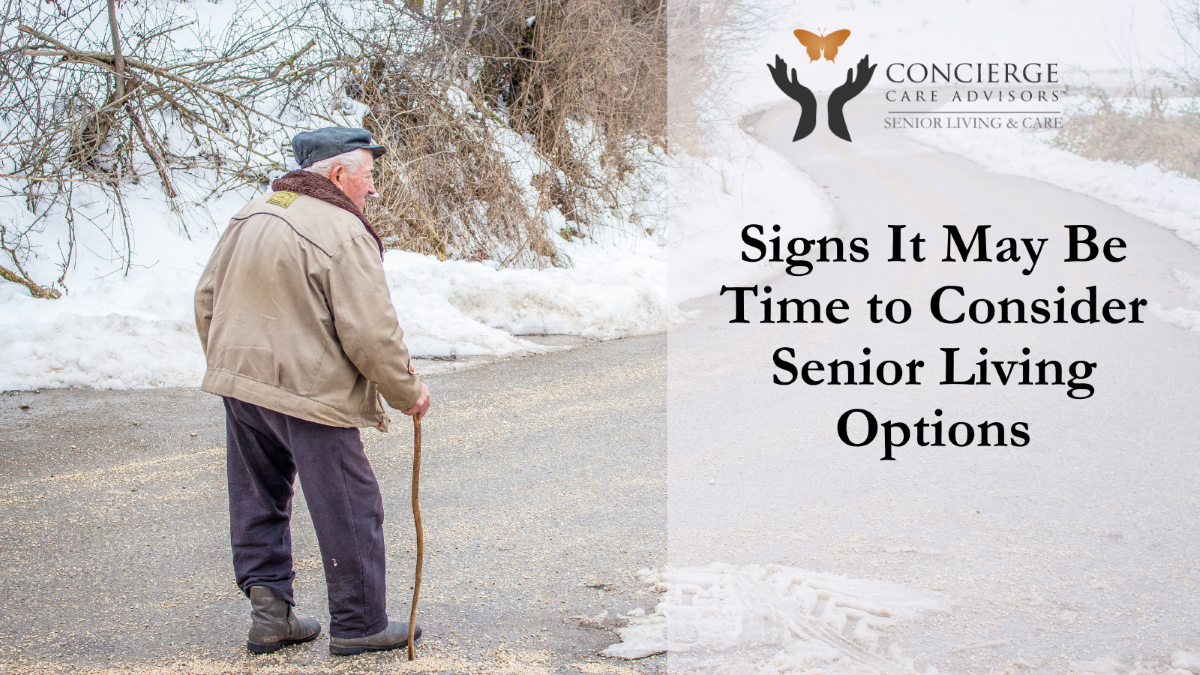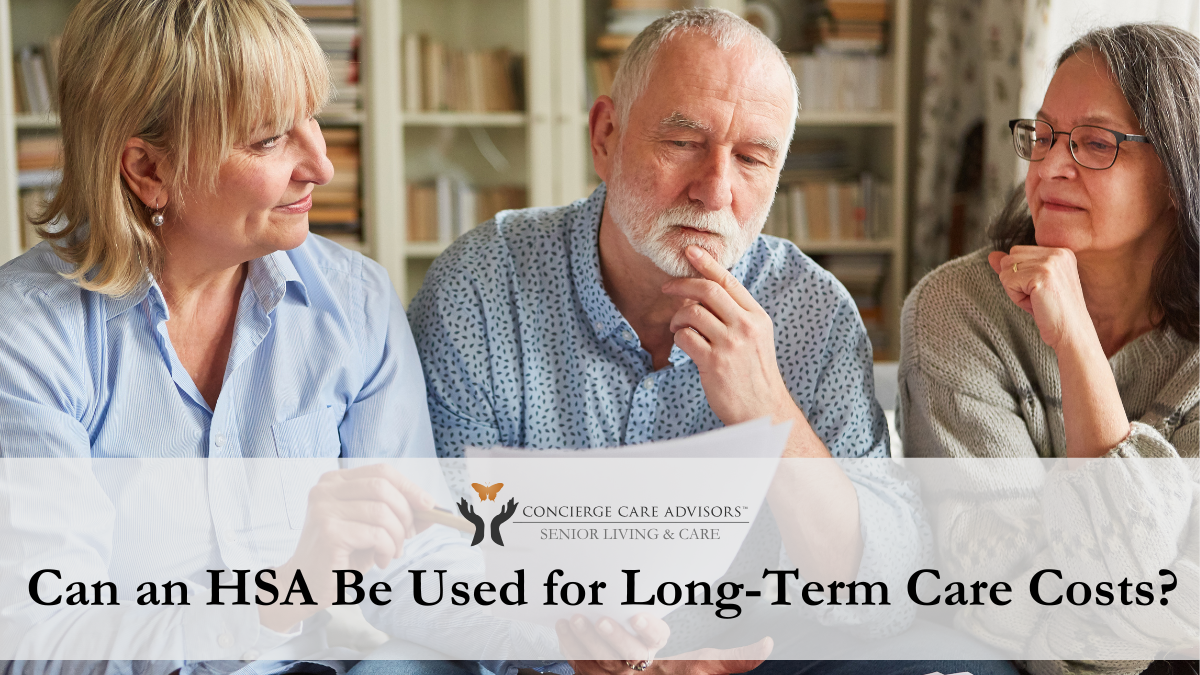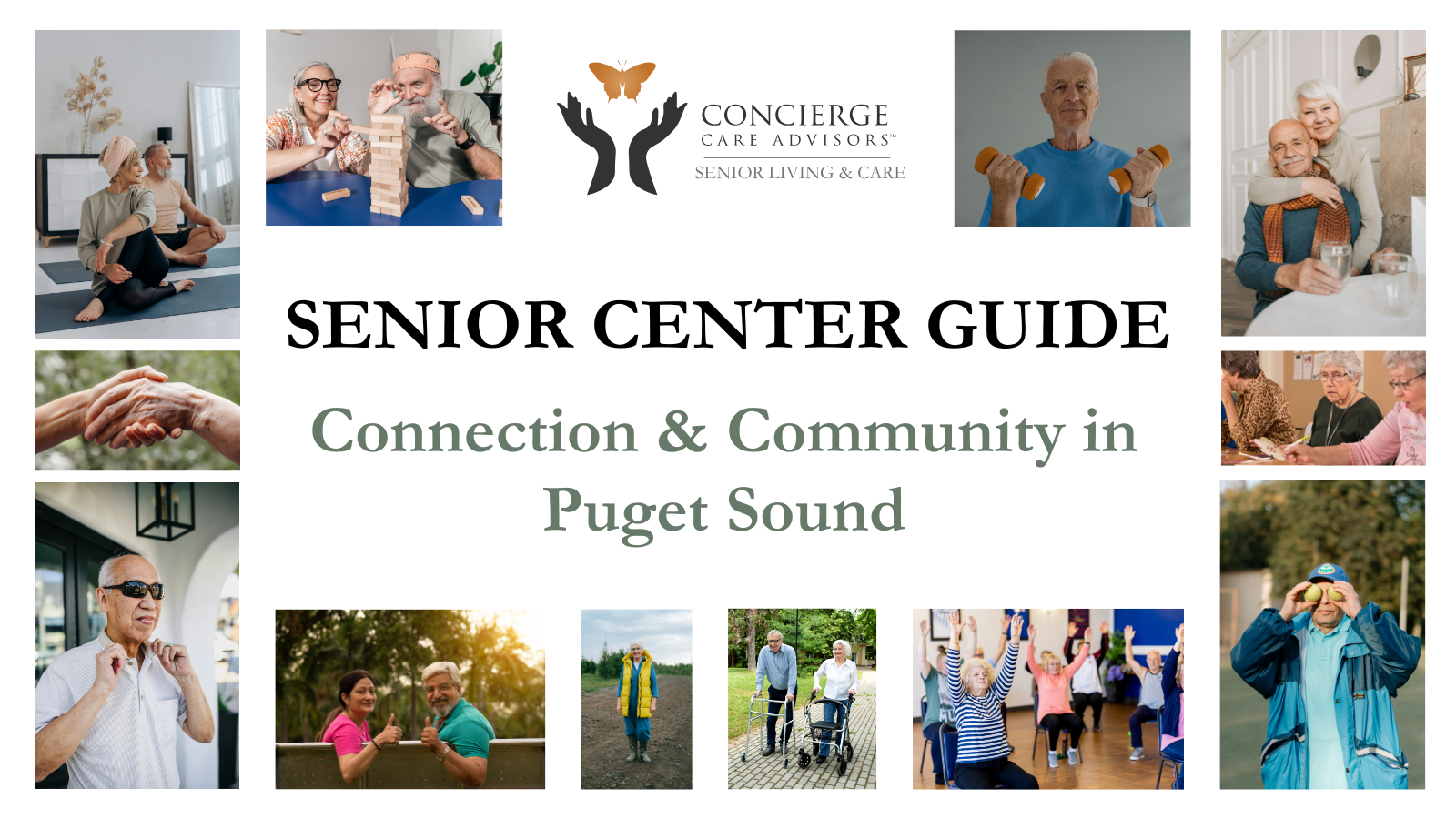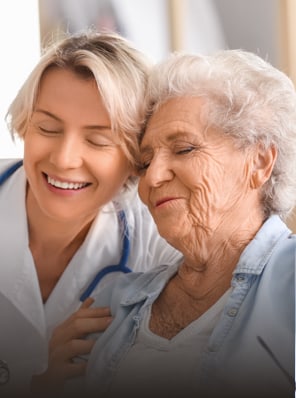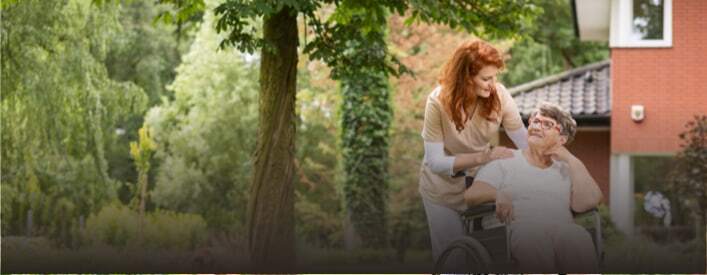By Sylvana Rinehart, Certified Senior Advisor at Concierge Care Advisors
Preventing Falls and Hazards: Bathroom Safety Tips for Seniors
The bathroom is often considered one of the most dangerous rooms in the home, especially for seniors. According to the National Institute on Aging, over one-third of people aged 65 and older fall each year, with 80% of these falls occurring in the bathroom. Injuries sustained in or near the bathtub, shower, or toilet frequently lead to emergency room visits, making bathroom safety a top priority for seniors and caregivers alike.
Understanding Bathroom Fall Risks
Seniors face unique challenges in the bathroom due to slippery surfaces, limited space, and reduced mobility. Conditions such as arthritis, diabetes, or cognitive impairments increase fall risks. Additionally, older homes may lack modern safety features like grab bars or non-slip surfaces, further elevating the danger.
By addressing these hazards, you can create a safer bathroom environment and reduce the likelihood of falls or injuries.
Essential Bathroom Safety Measures
1. Improve Bathing Safety
- Install grab bars near the tub and shower.
- Use anti-slip mats or strips inside and outside the tub.
- Upgrade to a walk-in shower or step-in tub with a foldable shower seat.
- Equip showers with flexible shower wands for ease of use.
2. Ensure Toilet Accessibility
- Raise the toilet seat to 17–19 inches to reduce strain on the knees.
- Install grab bars on both sides of the toilet for stability.
- Place non-slip mats near the toilet and keep toilet paper within easy reach.
3. Secure Hazardous Items
- Lock away medications, cleaning products, and other potentially harmful substances.
- Remove items that could cause confusion or harm for seniors with cognitive deficits.
4. Enhance Lighting
- Install bright, glare-free lighting in the bathroom.
- Use nightlights to illuminate the path to the bathroom during nighttime hours.
5. Address Medical Conditions
- Speak with a doctor about managing balance issues caused by conditions like diabetes or thyroid disease.
- Ensure seniors stay hydrated to avoid frailty and confusion that can lead to falls.
SeniorLife.AI: A High-Tech Solution for Fall Prevention
For those seeking proactive ways to prevent falls, SeniorLife.AI offers an innovative solution. This advanced vision AI technology assesses fall risks in seconds and provides personalized recommendations for improving mobility challenges.
Integrating SeniorLife.AI into your fall prevention plan ensures your loved one’s safety while supporting their independence at home.
Stay Active to Prevent Falls
Regular exercise is crucial for maintaining balance and mobility. Activities like yoga or tai chi can improve flexibility, stability, and overall strength. Many local hospitals and senior centers offer fall prevention classes, providing seniors with practical tools and exercises to reduce their risk of falls.
Prioritize Bathroom Safety with Bathroom Safety Tips for Seniors
By taking simple yet effective precautions, you can make the bathroom a safer space for seniors. From installing grab bars to using advanced technologies like SeniorLife.AI, proactive measures can significantly reduce the risk of falls, keep seniors out of emergency rooms, and enhance their quality of life.
If you’re concerned about bathroom safety or other fall prevention strategies, contact Concierge Care Advisors for expert guidance tailored to your needs.



